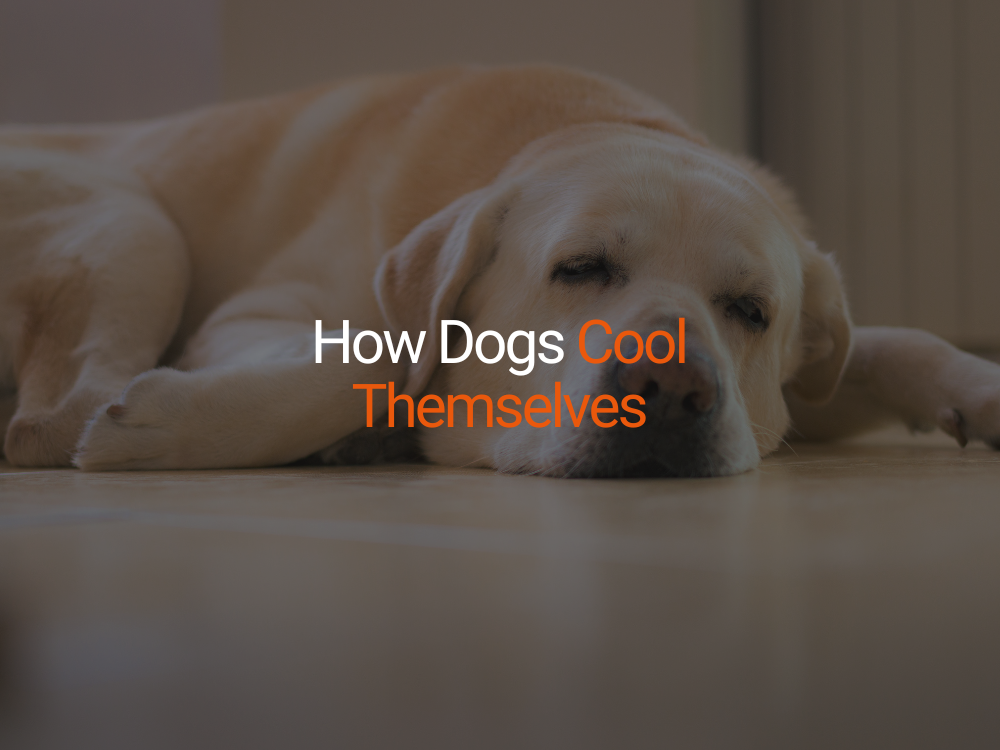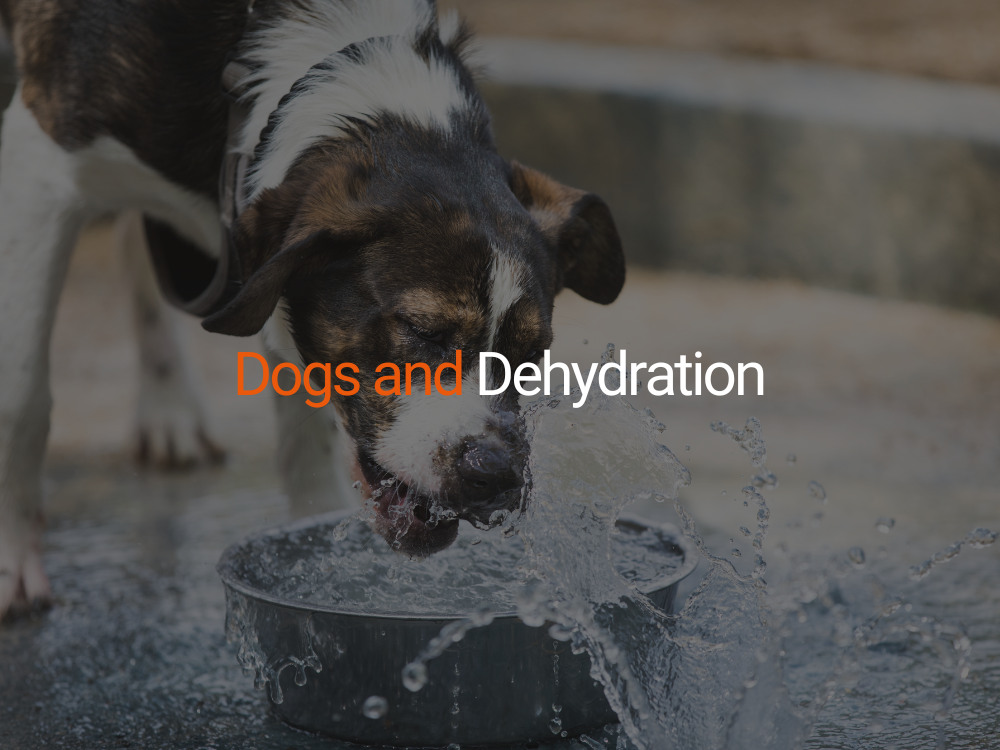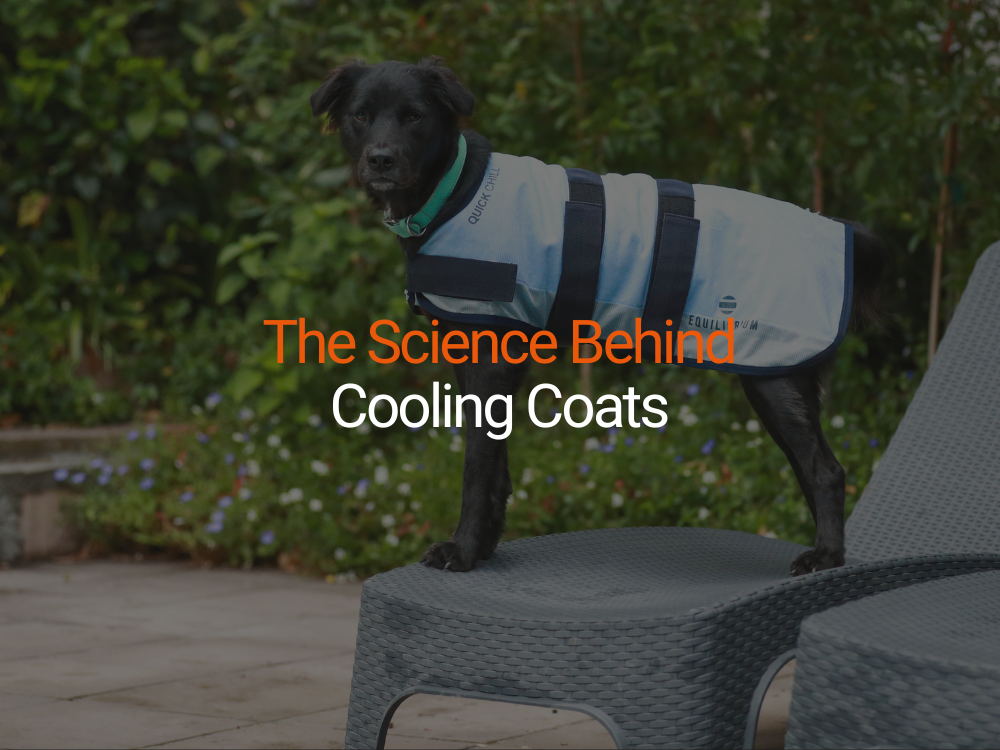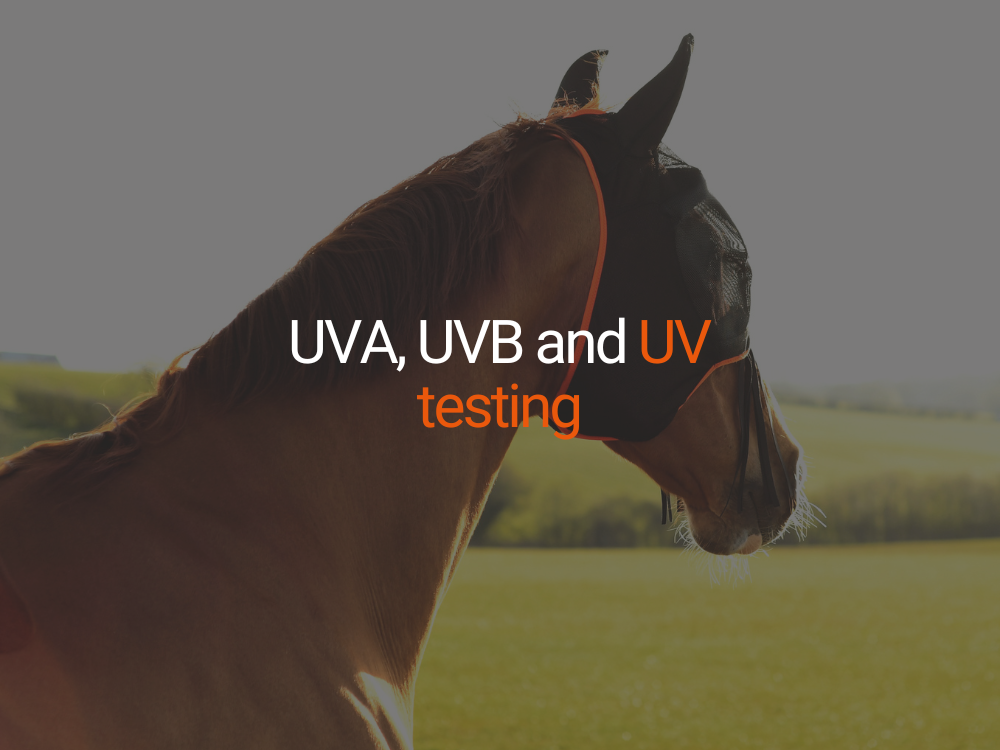Found it cheaper? We'll match it
(T's & C's Apply)
On most orders
over £50
Got the wrong size? We've got you covered!
Contribute to Sustainability
Just by placing your order, we'll pay for a tree on your behalf

Products That Make a Difference
Tested, trusted and innovative solutions to keep your horse happy and comfortable
Products our Customers Love
-
Our Mission
We're horse owners just like you, and we want to make sure all horses are comfortable and happy. If our horses are happy, we're happy too!
-
Our Story
It all started with one horse, Timmy, who began headshaking as a 5 year old. The outlook was bleak. But our first product, the Muzzle Net, changed this and he went onto have happy life until the grand age of 27. From then on, we drew product inspiration from a variety of horses to build the range we have today.
-
Our Values
We care - your pain points are our pain points and we try to make our products the best they can be to solve these problems.
We seek out knowledge, whether this is through testing and research, or consulting industry experts.
Lastly, we are invested in making the world a better place for our equine friends through raising money for charities and improving our sustainability practices. The possibilities are endless.




How Dogs Cool Themselves: Understanding Canine Thermoregulation
Dogs are incredibly adaptable animals, but they’re not as efficient at cooling themselves as humans. Without the ability to sweat over most of their body, dogs rely on a unique thermoregulatory system to maintain a healthy internal temperature. In this post, we explore how dogs cool down naturally, why it matters, and how products like cooling coats can support their biological processes—especially during summer.
What Is Canine Thermoregulation?
Thermoregulation is the body's ability to maintain a stable internal temperature despite external conditions. In dogs, the normal resting body temperature ranges between 38.3°C and 39.2°C. When temperatures rise or a dog becomes active, their body initiates mechanisms to release excess heat.
But unlike humans, dogs have limited sweat glands—mostly located in their paw pads and nose. This makes other cooling strategies essential for them to stay safe and comfortable.
How Do Dogs Cool Themselves?
Dogs primarily rely on panting to cool down. Here’s how their thermoregulation works:
1. Panting
Panting increases airflow across moist surfaces in the mouth, tongue, and upper respiratory tract, facilitating evaporative cooling. As moisture evaporates, it draws heat away from the body.
📌 Research published in The Journal of Thermal Biology confirms that panting plays a key role in evaporative heat loss in dogs, especially during moderate to high levels of exertion (King et al., 2004).
2. Vasodilation
Blood vessels near the skin surface widen to help dissipate heat. This is especially noticeable in the ears and face. More warm blood is moved toward the surface, where it can release heat more effectively.
3. Conduction
Lying on cool surfaces allows the body to release heat through direct contact. This is why dogs often lie on tiles or shade during hot weather.
4. Limited Sweating
Though minimal, dogs can sweat through their paw pads. You'll often notice damp paw prints on warm surfaces when a dog is overheated.
Why Dogs Struggle in the Heat
Because panting and paw-pad sweating are less efficient than full-body sweating, dogs can overheat quickly—especially in humid environments or enclosed spaces like cars.
Some breeds are especially vulnerable:
Flat-faced (brachycephalic) breeds like Bulldogs, Pugs, and Shih Tzus
Thick-coated dogs like Huskies or Chows
Older dogs, puppies, and dogs with health conditions
A study published in Scientific Reports (O'Neill et al., 2020) found that brachycephalic breeds are significantly more prone to heat-related illness, due to restricted airways that limit effective panting.
Supporting Your Dog’s Cooling System
While natural thermoregulation does work, it's not always enough—particularly during summer heatwaves, travel, or exercise. That’s where cooling aids come in.
💡 Product Tip: How Cooling Coats Help Dogs Stay Cooler
The Quick Chill Cooling Coat supports your dog’s natural cooling process by:
Enhancing evaporative cooling without soaking your dog’s fur
Drawing heat away from the body through water-activated fabric
Reducing the need for excessive panting
Aiding thermoregulation during travel, walks, or hot days at home
📖 A 2020 study in Animals found that dogs wearing evaporative cooling coats had lower post-exercise body temperatures and recovered faster after exertion in warm weather (Zanghi et al., 2020).
Please note: If your dog has suspected heatstroke, please call the vet. Do not use a cooling coat. Read more on heatstroke here.
Everyday Tips to Support Thermoregulation
Ensure constant access to fresh, cool water
Walk early or late—never during peak heat
Provide shade and ventilation at home and during travel
Allow your dog to lie on cool surfaces
Use a cooling coat during rest or light activity. Reactivate the coat as many times as needed.
Understanding how dogs cool down helps you make informed choices to keep them safe. While panting and paw pad sweating are their primary defences, dogs often need additional support—especially in summer.
References
King, D., and Taylor, R. “Evaporative heat loss in exercising dogs.” Journal of Thermal Biology, 2004.
O'Neill, D.G., Hall, E.J., et al. “Dogs don’t die just in hot cars—exposure to hot weather is just as deadly.” Scientific Reports, 2020. https://www.nature.com/articles/s41598-020-66015-8
Zanghi, B.M. et al. “Effect of a Cooling Vest on Core Temperature in Dogs Exercising in the Heat.” Animals, MDPI, 2020. https://www.mdpi.com/2076-2615/10/4/722
RSPCA. “Keeping your dog cool in hot weather.” https://www.rspca.org.uk

Dogs and Dehydration: Signs, Prevention & When to Worry
Hydration is essential to every aspect of a dog’s health—but during the warmer months, the risk of dehydration in dogs increases significantly. Whether it’s due to heat, overexertion, or simply not drinking enough water, dehydration can quickly become dangerous if not caught early. In this guide, we cover the signs of dehydration in dogs, how to prevent it, and what to do when your dog shows symptoms.
Why Is Hydration So Important for Dogs?
Water plays a vital role in maintaining your dog’s circulation, digestion, temperature regulation, and joint health. Even mild dehydration can affect your dog’s energy levels and lead to complications like heatstroke.
Dogs don’t sweat like humans. Instead, they pant and release small amounts of moisture through their paws, making them less efficient at cooling themselves. In hot weather or during travel, this can lead to rapid water loss—especially if not replenished.
Common Signs of Dehydration in Dogs
If your dog shows any of the following symptoms, they may be dehydrated:
Dry or sticky gums
Lethargy or weakness
Excessive panting
Sunken eyes
Dry nose
Loss of skin elasticity
Reduced appetite
Dark yellow urine or less frequent urination
A 2014 study published in Veterinary Medicine and Science confirmed that loss of skin elasticity and dry mucous membranes are two of the most reliable clinical indicators of dehydration in dogs (DiBartola et al., 2014).
When to Worry: Mild vs. Severe Dehydration
Mild dehydration may present as subtle changes in behaviour and appearance, but moderate to severe dehydration can cause collapse, kidney damage, or even death.
Seek immediate veterinary help if your dog:
Refuses to drink
Shows signs of collapse or confusion
Has been vomiting or has diarrhoea for more than 24 hours
Is panting heavily in a hot environment with dry gums or weakness
How to Keep Your Dog Hydrated in Summer
Here are proactive ways to ensure your dog stays hydrated—especially when temperatures rise:
1. Offer Fresh, Cool Water Constantly
Place bowls in multiple areas—especially outdoors or in warm rooms. Change the water frequently and add ice cubes to keep it cool and enticing.
2. Hydrating Foods Help
Feed high-moisture foods like wet dog food or fresh fruit/vegetables that are safe for dogs.
3. Avoid Overexertion in the Heat
Plan walks and exercise during early morning or evening and take breaks in shady spots.
4. Use Cooling Aids
While not a direct source of hydration, cooling coats support thermoregulation and could help in reducing the amount of fluid your dog expels through panting.
Product Tip: Quick Chill Cooling Coat
The Quick Chill Cooling Coat is a practical way to manage your dog’s body temperature and complement hydration efforts.
Water-activated and reusable
Ideal for walks, travel, or relaxing at home
Does not soak your dog or create mess—just cool, calm relief
Special Considerations: Who’s Most at Risk?
Some dogs are more prone to dehydration, especially in summer:
Senior dogs
Puppies
Flat-faced (brachycephalic) breeds like Bulldogs and Pugs
Dogs with kidney issues or chronic illness
Highly active or working dogs
Dogs fed primarily dry kibble without added moisture
Dehydration can creep up fast in the summer—but with vigilance, it’s entirely preventable. Make hydration a habit by providing access to fresh water, avoiding high heat exposure, and using smart tools like the Quick Chill Cooling Coat to support your dog’s ability to stay cool and well-regulated.
References
DiBartola SP, Bateman SW, et al. “Evaluation of hydration status in dogs: correlation of physical examination and laboratory parameters.” Veterinary Medicine and Science, 2014.
Zanghi, BM. “The effects of dietary hydration on thermoregulation and activity in dogs.” Journal of Animal Science, 2013.
RSPCA. “Keeping pets cool in hot weather.” https://www.rspca.org.uk
ASPCA. “Water Safety Tips for Dogs.” https://www.aspca.org

The Science Behind Cooling Coats: Do They Really Work?
When temperatures rise, many dog owners look for practical solutions to keep their pets cool—especially during walks, travel, or outdoor rest. One increasingly popular product is the dog cooling coat. But do they really work, or are they just a summer gimmick? In this article, we explore the science behind cooling coats, what to look for in the best dog cooling vests, and the evidence supporting their effectiveness.
How Do Cooling Coats Work?
Dog cooling coats, also known as evaporative cooling vests, use a simple but effective mechanism: evaporation.
When water evaporates from a surface, it absorbs heat energy from its surroundings—in this case, your dog’s body. This is the same principle behind sweating in humans. Cooling coats replicate this mechanism, helping dogs dissipate excess heat naturally, without needing to be soaked through.
Our Quick Chill Cooling Coat , for example, is made with advanced open-cell fabric that absorbs and retains water while remaining breathable. The material facilitates efficient evaporation while maintaining airflow to help disperse heat from the dog’s body surface.
What the Science Says
Evaporative cooling is a proven biological process.
A peer-reviewed study published in Animals (2020) confirmed that evaporative cooling systems can significantly reduce surface and core body temperatures in dogs during exercise, particularly in hot and dry conditions (Zanghi, B.M. et al., 2020). Dogs using such cooling vests had lower post-exercise temperatures compared to those without them.
When Are Cooling Coats Most Effective?
Cooling coats are particularly effective in:
Short outdoor sessions, such as walks, training, or post-exercise cooldowns.
Confined environments like cars or crates, when paired with airflow.
Flat-faced or double-coated breeds, which often struggle to regulate temperature efficiently.
Important Note: Cooling coats should not replace water intake or shade. They should also be checked regularly and reactivated when needed or if in doubt.
What to Look for in the Best Dog Cooling Vest
Not all cooling coats are created equal. Here are key features to prioritise:
Water-activated fabric (no need for freezing or special gels)
Breathable mesh or layered structure to allow air movement
Lightweight and adjustable fit for comfort during movement
Durability and reusability – machine washable is a bonus
The Quick Chill Cooling Coat
Unlike some options that require freezing or refrigeration, the Quick Chill Cooling Coat offers instant relief with just water. Soak it, wring it out, and apply—it’s that simple.
✔ Draws heat away from the dog’s body✔ Doesn’t soak the dog’s fur✔ Ideal for use in in the house, travel, and walks✔ Reusable and resource conscious
“Have had this on my very heat prone Greyhound during this extremely hot weekend and it’s transformed his life , he had it on all day, it remained cold all day and my hound has been totally stress free. What an amazing product, going to get one for my horse." – Sara Fogg, Verified customer
Do Cooling Coats Work for All Dogs?
While most dogs benefit, their effectiveness may vary depending on:
Humidity levels – higher humidity can slow evaporation
Activity level – they work best post-exercise or during mild activity or at rest
Fur density and breed type – short-coated dogs experience faster surface cooling, but long-coated breeds can still benefit
Time – cooling coats can only work for so long before needing reactivation, depending on how much water they can hold and the surrounding temperature and humidity.
For high-risk dogs—especially brachycephalic breeds like Bulldogs and Pugs—the cooling coat can offer a vital extra layer of thermal management.
Conclusion
So, do cooling coats work for dogs? The science says they can be a safe and effective way to help regulate your dog’s temperature for comfort. Please note though, they should not be used in the case of suspected heatstroke.
References
Zanghi, B.M. et al. (2020). “Effect of a Cooling Vest on Core Temperature in Dogs Exercising in the Heat.” Animals, MDPI. https://www.mdpi.com/2076-2615/10/4/722
Hall EJ, Carter AJ, O’Neill DG. “Dogs don’t die just in hot cars—exposure to hot weather is just as deadly.” Scientific Reports, 2020. https://www.nature.com/articles/s41598-020-66015-8
RSPCA. “How to Keep Pets Cool in Summer.” https://www.rspca.org.uk

Travelling with Dogs in Summer: Tips for a Safe and Comfortable Journey
Summer is the season of road trips, holidays, and outdoor adventures—and for many of us, our dogs come along for the ride. But warm weather travel poses serious risks to your pet’s safety and comfort if not properly managed. From hot cars to dehydration, it's essential to prepare in advance. This guide covers practical, research-backed summer dog travel tips to ensure your journey is as safe and enjoyable as possible.
Why Travelling with Dogs in Hot Weather Requires Extra Care
Dogs can’t regulate their temperature like humans. They rely on panting and limited sweat glands (mainly in their paws) to cool down. When confined to small, poorly ventilated spaces—like cars—their risk of heat stress or even fatal heatstroke increases dramatically.
A Veterinary Record study found that dogs left in cars on even mild days can experience internal temperatures that become dangerous in as little as 10 minutes (Hall et al., 2020). This is why never leaving your dog unattended in a parked vehicle is rule number one.
Pre-Travel Checklist
Before setting off, make sure to:
Check your dog’s health status with your vet if they have underlying conditions.
Pack plenty of water, collapsible bowls, and cooling aids.
Plan your route to include regular stops for hydration, bathroom breaks, and stretching.
Secure your dog in a well-ventilated crate or harness.
Avoid travelling during the hottest times of the day.
Keeping Dogs Cool in Cars
Cars can heat up extremely quickly—even with the windows open.
Best practices:
Use air conditioning or fans to keep airflow moving.
Block direct sun using window shades or sunshields.
Offer cool water frequently.
Opt for a well ventilated crate for travelling.
💡 Product Tip: Quick Chill Cooling Coat
The Quick Chill Cooling Coat is ideal for summer travel. Activated with water and wrung out, it helps draw heat away from your dog’s body while they rest in the car. It provides cooling relief without soaking your dog or your car’s interior, making it perfect for on-the-go use. Just store it damp in a sealed bag until needed and then reactivate as many times as needed. The hotter it is, the more you will need to reactivate the coat.
Tips for Summer Travel Stopovers
Breaks during long drives are not only essential for drivers—they’re vital for your dog’s safety.
Always find a shaded area for rest stops.
Lay down a cooling mat or towel for your dog to lie on.
Use your Quick Chill Cooling Coat for instant relief during pitstops.
Don’t walk your dog on hot pavements—test the ground with your hand first.
Pro Tip: Download a dog-friendly travel app or map out pet-friendly services before you go.
Special Considerations for High-Risk Dogs
Some dogs are more vulnerable to heat:
Flat-faced breeds like Pugs and French Bulldogs
Older dogs and puppies
Overweight dogs
Dogs with thick coats or breathing issues
A study published in Scientific Reports confirmed brachycephalic breeds are significantly more likely to suffer from heat-related illness while travelling or exercising in warm conditions (O’Neill et al., 2020).
What to Do in an Emergency
If you notice symptoms of heat stress—excessive panting, red or pale gums, drooling, confusion, or collapse:
Move your dog to a shaded or cool area immediately.
Apply cold water all over the body continuously if possible.
Offer water to drink.
Use fans or ventilation to aid cooling.
Call your vet immediately – early intervention is critical.
Conclusion
With the right preparation and awareness, travelling with your dog in summer can be a safe, fun experience for both of you. Stay mindful of temperature, ensure frequent hydration and rest stops, and make smart use of cooling aids like the Quick Chill Cooling Coat to keep your furry companion happy.
References
Hall EJ, Carter AJ, O’Neill DG. “Dogs don’t die just in hot cars—exposure to hot weather is just as deadly.” Scientific Reports, 2020. https://www.nature.com/articles/s41598-020-66015-8
British Veterinary Association (BVA). “Travelling with dogs in cars during summer.” https://www.bva.co.uk
RSPCA. “Pets in hot weather.” https://www.rspca.org.uk

How to Spot the Signs of Heat Stress in Dogs – and What to Do About It
As temperatures rise, so do the risks of heat-related illnesses in dogs. Unlike humans, dogs cannot regulate their body temperature well through sweating. Instead, they rely on panting and limited sweat glands in their paw pads to cool down. Recognising the early signs of heat stress and knowing how to act can save your dog’s life.
What is Heat Stress in Dogs?
Heat stress occurs when a dog’s body temperature rises above the normal range of 38.3°C to 39.2°C. If this temperature continues to climb without effective cooling, heatstroke can set in—a life-threatening emergency.
According to the Veterinary Record journal, dogs left in hot environments (such as vehicles or direct sun) are at a significantly higher risk of developing heat-related illness .
Common Signs of Heat Stress in Dogs
Look for these symptoms, especially in hot weather:
Excessive panting
Bright red or pale gums
Drooling and thick saliva
Vomiting or diarrhoea
Lethargy or weakness
Confusion or disorientation
Collapsing or seizures
A 2020 study analysing heat-related illnesses in UK dogs found that respiratory changes and altered behaviour were two of the most frequently reported symptoms prior to collapse or veterinary intervention .
Immediate Steps to Take
If you suspect heat stress or heatstroke:
Move your dog to a shaded or cool area immediately.
Apply cold water all over the body or put them in a paddling pool/cold bath or similar. Do not leave them unattended.
Offer water to drink.
Use fans or ventilation to aid cooling.
Call your vet immediately – early intervention is critical.
Prevention is Better Than Cure
Avoiding heat stress altogether is ideal. Here’s how:
Walk your dog during cooler parts of the day (early morning or late evening).
Always provide access to clean, cool water.
Never leave dogs in parked cars, even for a few minutes.
Offer cooling aids such as wet towels, fans, or cooling coats. Always monitor your dog while using these products.
Use enrichment games inside away from the heat.
Consider whether your dogs coat could be trapping heat/insulating them and therefore if they would be better clipped.
Product Tip:
The Quick Chill Cooling Coat for Dogs uses water-activated technology to draw heat away from your dog’s body. Lightweight and easy to use, it’s ideal for walks, car travel, and rest time during hot weather.
High-Risk Dogs to Watch Closely
Certain breeds and conditions increase the risk of heat-related illness:
Brachycephalic (flat-faced) breeds: Bulldogs, Pugs, Cavalier King Charles Spaniels etc
Older dogs and puppies
Overweight dogs
Dogs with thick coats or respiratory conditions
A study published in Scientific Reports (O’Neill et al., 2020) found brachycephalic breeds were twice as likely to develop heat-related illness than other dogs.
References
Hall EJ, Carter AJ, O’Neill DG. “Incidence and risk factors for heat-related illness in UK dogs under primary veterinary care.” Veterinary Record, 2020.
Hall EJ, Carter AJ, O’Neill DG. “Dogs don’t die just in hot cars—exposure to hot weather is just as deadly.” Scientific Reports, 2020. https://www.nature.com/articles/s41598-020-66015-8
British Veterinary Association. “Brachycephalic breeds at increased risk of heatstroke.” https://www.bva.co.uk

UVA, UVB and UV testing in Horse Fly and Sun Protection Products.
Not all fly masks and rugs are created equal — especially when it comes to UV protection. In this blog, we explore the difference between UVA and UVB rays, why they matter for horses, and how UV protection is tested in fly masks and rugs. Learn how to choose the best gear to keep your horse safe in the summer sun.
The innovative approach of Equilibrium Products, maintains their range at the forefront of equestrian care and performance. That’s why they’re our first choice to help our horses stay in top form.

Team Bragg Eventing
International Event Rider
All aspects of dealing with Equilibrium have been excellent. Superb customer service care, fantastic delivery service and the back massage is a superb product that my horses love. Thank you Equilibrium
Freya Wright
Feefo Verified Customer
Amazing customer service!
The were very informative and helpful. The delivery was very quick with lots of updates which I love. Would recommend to anyone!
Emily Chambers
Feefo Verified Customer
A very impressed customer!
Lovely products, quick delivery services and very helpful customer service. The products are very thought about and have the horses best interests at heart.
Jodie Coombes
Feefo Verified Customer













